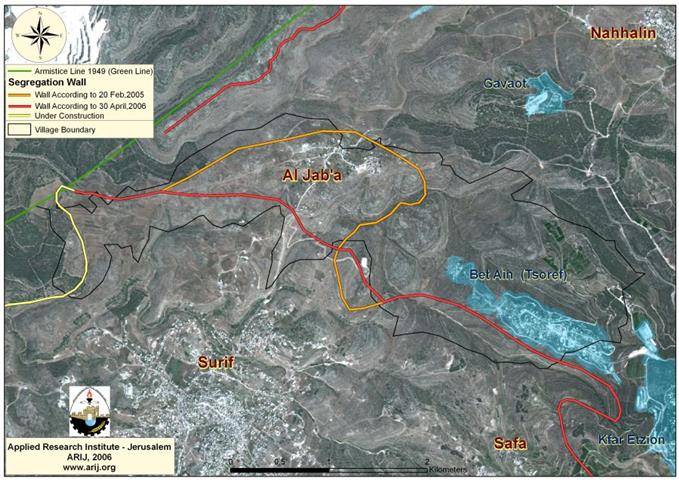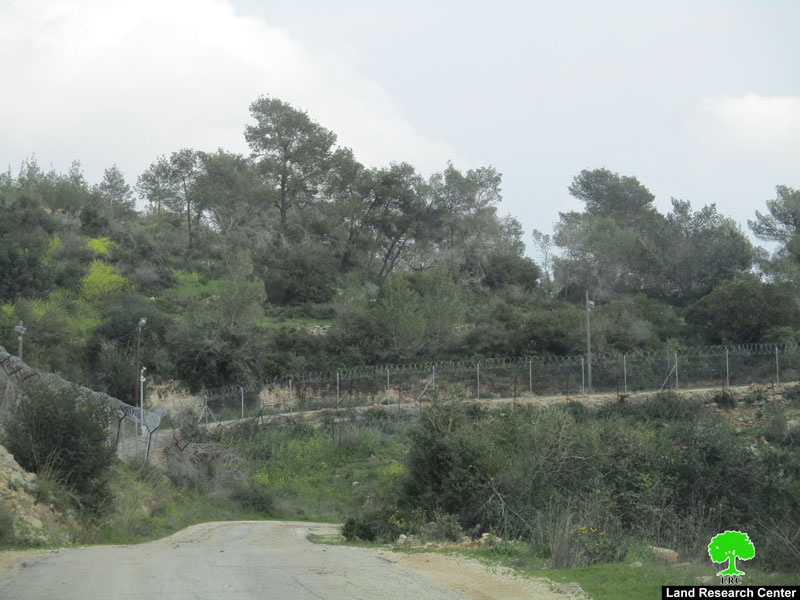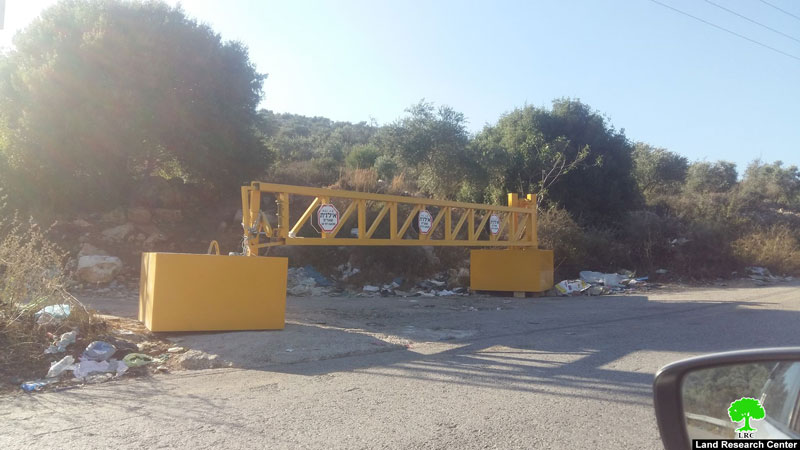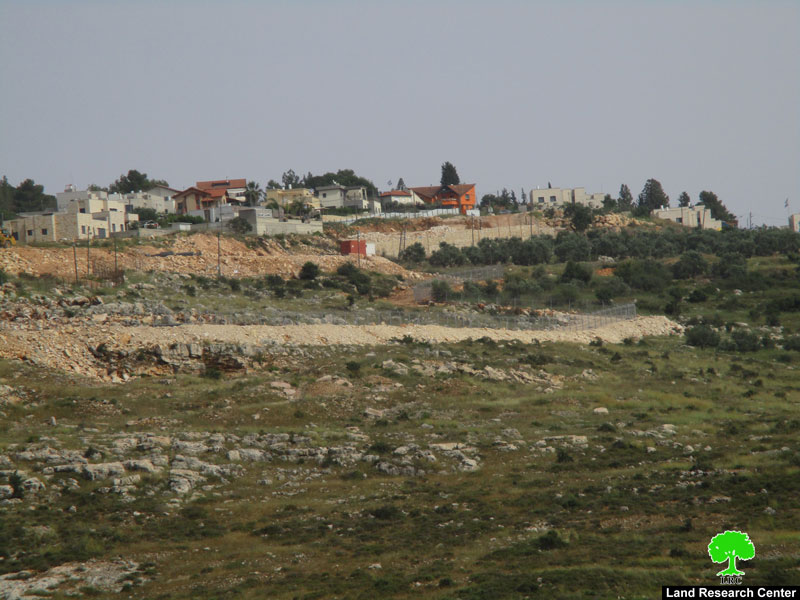A glance about Al Jab'a village
Al Jab'a is a Palestinian village located 12.5 Kilometers to the southwest of Bethlehem city. It has a total area of 7120 dunums and the built-up area constitutes 150 dunums. The village is situated 1100 meters from the Armistice line (Green Line).
Before the 1948 war, Al Jab'a village used to have 7345 dunums of lands mostly planted with Olives, but after the war 225 dunums came to lie west of the Green line. After the 1967 war the village was targeted due to its location close to the Armistice line and its mountainous topographic nature. Out of the 7120 dunums inside the village boundary of Al Jab'a, 666 dunums were confiscated for the construction of the Israeli settlement of Beit 'Ain (Tsoref).
Today, the village is the home of 876 inhabitants and it borders the Gosh Etzion settlement bloc (the bloc encompasses an area of 72,223 dunums) and it is surrounded by the Israeli settlements of Gavaot, Bet Ain (Tsoref) and Kfar Etzion. Since 1967 until today, the village was going under harsh Israeli measures such as uprooting of trees, land confiscation and land razing.
Al Jab'a village and the new changes on the Segregation Wall
In continuation of the land confiscation process in the occupied Palestinian Territory, the Israeli authorities issued a series of military orders to confiscate hundreds of dunums of agricultural lands in Al Jab'a village in order to construct the segregation Wall and a trade passage on its lands.
On 26 April, 2006, the Israeli Prime Minister Ehud Olmert and the Israeli Cabinet agreed on continuing the construction of the Segregation Wall on the lands of the West Bank with some changes to be made on the Wall's path in the areas of Ariel settlement north of Salfit, Beit Iksa village northwest of Jerusalem, Al Jab'a and Al Walaja in Bethlehem.
The Wall section that was planned to be constructed north of Al Jab'a village according to the Wall plan published by the Israeli Ministry of Defense on February 20, 2005, is changed due to the new amendments, whereby the Wall will be shifted and constructed south of the village. As a result of the new amendments, Al Jab’a village will be totally isolated from Bethlehem Governorate’s lands and will be enclaved together with Battir, Husan, Nahalin, Wad Fuqin, Al Balluta Hamlet, 'Afaneh Hamlet and Beit Sakaria Hamlet in one big enclave located between the Segregation Wall west of Bethlehem and the Wall that runs along the 1949 Armistice Line (Green Line) and encompasses the Israeli settlement bloc of Gosh Eztion. See Map 1
The change in Wall Route was mainly because the previous route have placed bypass road number 367 (which connects the Gush Etzion settlement bloc with cities inside Israel) south of the Segregation Wall. This would demand opening an alternative road for the settlers of Gush Etzion, but due to the geographic difficulties, expenses, time and for ‘security reasons’, the Israeli government decided to shift the Wall southwards, south of the bypass road, which would place Al Jab’a village north of the Wall and isolates it from the nearby communities. The status of Al Jab’a will be similar to that of Bethlehem western rural villages whose only connection with Bethlehem center will be through a terminal and tunnel at Al Khader.
Conclusion
The construction of the Israeli Segregation Wall in the Occupied Palestinian Territory aims to ensure the Israeli control over large areas of lands, disconnect the Palestinian villages and towns of the West Bank and keep them under the Israeli control.
The confiscation and destruction of Palestinian land is a violation of the Fourth Geneva Convention, Article 147 of which clearly prohibits, ''extensive destruction and appropriation of property, not justified by military necessity and carried out unlawfully and wantonly.'' Violations of Articles of the Fourth Geneva Convention constitute breaches of the Convention and should be prosecuted as War Crimes.
Prepared by:
The Applied Research Institute – Jerusalem














